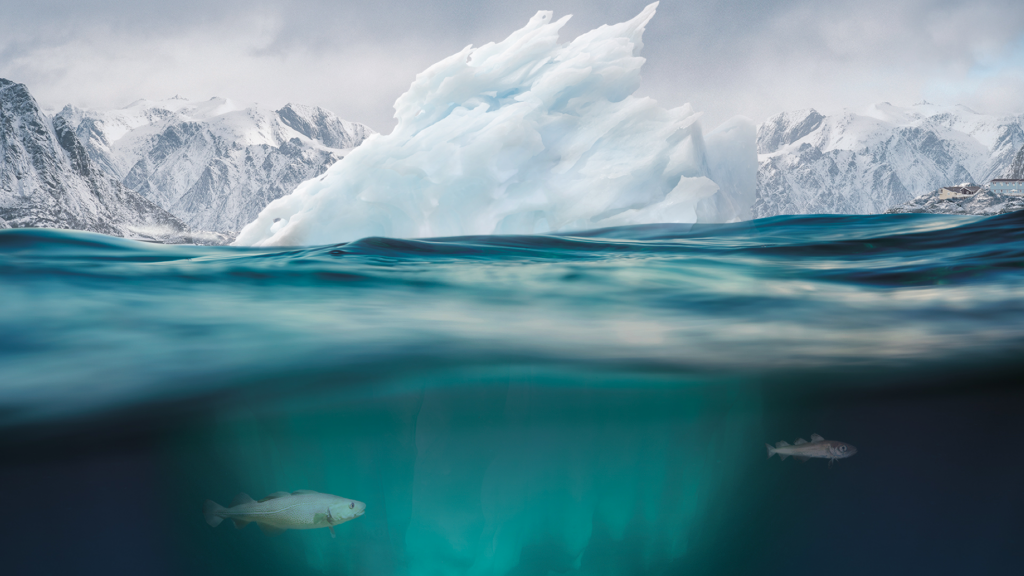SOURCE: IPCC
DATE: September 25, 2019
SNIP: The latest Intergovernmental Panel on Climate Change (IPCC) Special Report highlights the urgency of prioritizing timely, ambitious and coordinated action to address unprecedented and enduring changes in the ocean and cryosphere.
Global warming has already reached 1°C above the pre-industrial level, due to past and current greenhouse gas emissions. There is overwhelming evidence that this is resulting in profound consequences for ecosystems and people. The ocean is warmer, more acidic and less productive. Melting glaciers and ice sheets are causing sea level rise, and coastal extreme events are becoming more severe.
People in mountain regions are increasingly exposed to hazards and changes in water availability, the report said.
Glaciers, snow, ice and permafrost are declining and will continue to do so. This is projected to increase hazards for people, for example through landslides, avalanches, rockfalls and floods.
Smaller glaciers found for example in Europe, eastern Africa, the tropical Andes and Indonesia are projected to lose more than 80% of their current ice mass by 2100 under high emission scenarios.
Glaciers and ice sheets in polar and mountain regions are losing mass, contributing to an increasing rate of sea level rise, together with expansion of the warmer ocean.
While sea level has risen globally by around 15 cm during the 20th century, it is currently rising more than twice as fast – 3.6 mm per year – and accelerating, the report showed.
Sea level will continue to rise for centuries. It could reach around 30-60 cm by 2100 even if greenhouse gas emissions are sharply reduced and global warming is limited to well below 2°C, but around 60-110 cm if greenhouse gas emissions continue to increase strongly.
Sea level rise will increase the frequency of extreme sea level events, which occur for example during high tides and intense storms. Indications are that with any degree of additional warming, events that occurred once per century in the past will occur every year by mid-century in many regions, increasing risks for many low-lying coastal cities and small islands.
Without major investments in adaptation, they would be exposed to escalating flood risks, the report shows. Some island nations are likely to become uninhabitable due to climate-related ocean and cryosphere change, the report said, but habitability thresholds remain extremely difficult to assess.
Increases in tropical cyclone winds and rainfall are exacerbating extreme sea level events and coastal hazards. Hazards will be further be intensified by an increase in the average intensity, magnitude of storm surge and precipitation rates of tropical cyclones, especially if greenhouse gas emissions remain high.
To date, the ocean has taken up more than 90% of the excess heat in the climate system. By 2100, the ocean will take up 2 to 4 times more heat than between 1970 and the present if global warming is limited to 2°C, and up to 5 to 7 times more at higher emissions. Ocean warming reduces mixing between water layers and, as a consequence, the supply of oxygen and nutrients for marine life.
Marine heatwaves have doubled in frequency since 1982 and are increasing in intensity. They are projected to further increase in frequency, duration, extent and intensity. Their frequency will be 20 times higher at 2°C warming, compared to pre-industrial levels. They would occur 50 times more often if emissions continue to increase strongly.
Permafrost ground that has been frozen for many years is warming and thawing and widespread permafrost thaw is projected to occur in the 21st century. Even if global warming is limited to well below 2°C, around 25% of the near-surface (3-4 meter depth) permafrost will thaw by 2100. If greenhouse gas emissions continue to increase strongly, there is a potential that around 70% near-surface permafrost could be lost.

